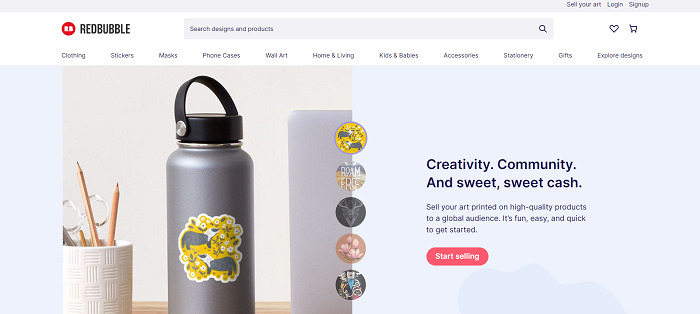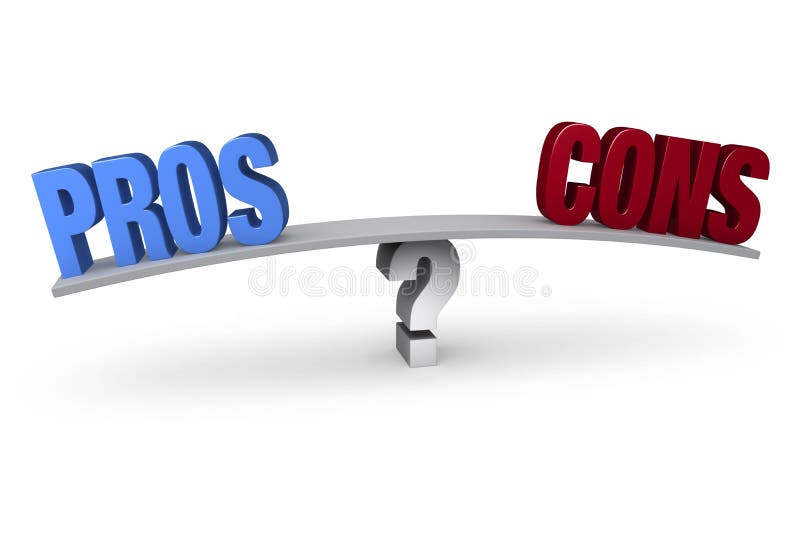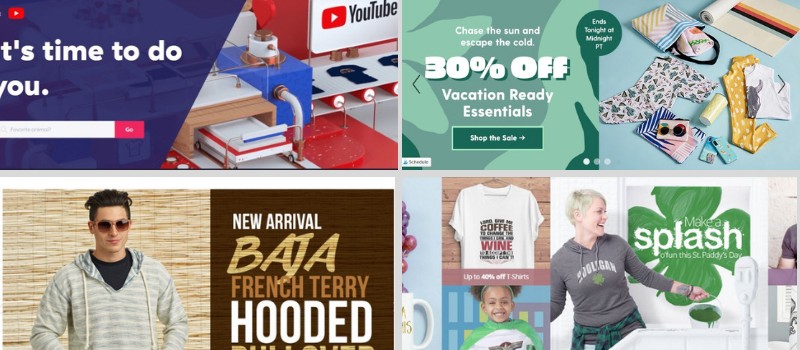What is Redbubble and How Does it Work?
Redbubble is a popular online marketplace that specializes in print-on-demand products, allowing artists and designers to sell their work as various types of merchandise. The platform has gained significant attention in recent years, with many wondering if Redbubble is a good website for artists and customers alike. To answer this question, it’s essential to understand how Redbubble works and what it offers.
Redbubble’s business model is based on a simple yet effective concept: artists and designers upload their designs to the platform, which are then printed and shipped on demand. This approach eliminates the need for inventory storage and upfront costs, making it an attractive option for creatives who want to monetize their work without the hassle of managing a physical store.
The platform offers a wide range of products, including t-shirts, stickers, phone cases, and home decor items, among others. Artists can choose which products they want to sell their designs on, and Redbubble takes care of the production and shipping process. This approach allows artists to focus on what they do best – creating unique and innovative designs.
Redbubble’s print-on-demand model also benefits customers, who can purchase unique and customized products that reflect their individuality. With a vast array of designs to choose from, customers can find products that match their interests, hobbies, or passions. Moreover, Redbubble’s products make great gifts for friends and family, making it a popular destination for those looking for something special.
As a platform, Redbubble has established itself as a leader in the print-on-demand market, with a strong reputation for quality products and excellent customer service. However, as with any online platform, there are pros and cons to using Redbubble. In the following sections, we’ll delve deeper into the platform’s features, product quality, and community to help you decide if Redbubble is a good website for your needs.
Evaluating Redbubble’s Product Quality: A Review of its Printing and Shipping Processes
When it comes to evaluating Redbubble’s product quality, several factors come into play. The platform’s printing and shipping processes are crucial in determining the overall quality of its products. In this section, we’ll take a closer look at Redbubble’s product quality, including the materials used, printing techniques, and shipping times.
Redbubble uses high-quality materials for its products, including 100% cotton t-shirts, durable phone cases, and soft throw pillows. The platform’s printing techniques are also top-notch, with vibrant colors and crisp designs that accurately represent the artist’s original work. For example, the Redbubble iPhone case is made with a durable polycarbonate material that provides excellent protection for the phone, while the Redbubble throw pillow is made with a soft, plush material that is comfortable to the touch.
In terms of shipping times, Redbubble has a reputation for being relatively fast. The platform offers a range of shipping options, including standard, expedited, and express shipping, which allows customers to choose the shipping method that best suits their needs. According to Redbubble’s website, standard shipping typically takes 3-7 business days, while expedited shipping takes 2-3 business days. Express shipping is also available for an additional fee, which takes 1-2 business days.
While Redbubble’s product quality is generally excellent, there may be some variations in quality depending on the specific product and printing technique used. However, the platform’s commitment to using high-quality materials and printing techniques ensures that its products are consistently of high quality. Additionally, Redbubble’s customer support team is available to address any concerns or issues with product quality, which helps to build trust with customers.
Overall, Redbubble’s product quality is one of its strongest selling points. The platform’s attention to detail and commitment to using high-quality materials and printing techniques ensures that its products are consistently of high quality. Whether you’re an artist looking to sell your designs or a customer looking for unique and high-quality products, Redbubble is definitely worth considering. But is Redbubble a good website for artists and customers? Let’s explore this question further in the next section.
How to Sell on Redbubble: A Step-by-Step Guide for Artists and Designers
Selling on Redbubble can be a great way for artists and designers to monetize their work and reach a wider audience. However, getting started can be overwhelming, especially for those who are new to the platform. In this section, we’ll provide a step-by-step guide on how to sell on Redbubble, including tips on creating a profile, uploading designs, and setting prices.
Step 1: Create a Profile
To start selling on Redbubble, you’ll need to create a profile. This is a straightforward process that requires you to provide some basic information, such as your name, email address, and password. You’ll also need to choose a username, which will be used to identify your account.
Step 2: Upload Your Designs
Once you’ve created your profile, you can start uploading your designs. Redbubble accepts a wide range of file formats, including JPEG, PNG, and GIF. Make sure your designs are high-resolution and meet Redbubble’s file requirements.
Step 3: Set Your Prices
After uploading your designs, you’ll need to set your prices. Redbubble allows you to set your own prices for each product, so you can choose how much you want to earn from each sale. Keep in mind that Redbubble takes a commission on each sale, so you’ll need to factor this into your pricing.
Step 4: Promote Your Work
Once you’ve uploaded your designs and set your prices, you’ll need to promote your work. Redbubble has a range of tools and features to help you promote your products, including social media integration and promotional codes. You can also use external marketing strategies, such as blogging and email marketing, to drive traffic to your Redbubble store.
Tips for Success
To succeed on Redbubble, you’ll need to create high-quality designs that appeal to a wide range of customers. You’ll also need to be proactive in promoting your work and engaging with the Redbubble community. Here are some additional tips to help you get started:
Use high-quality images and designs that are relevant to your target audience.
Optimize your product titles and descriptions with relevant keywords to improve visibility in search results.
Engage with the Redbubble community by participating in forums and social media groups.
Utilize Redbubble’s promotional tools and features to drive traffic to your store.
By following these steps and tips, you can increase your chances of success on Redbubble and start earning money from your designs. But is Redbubble a good website for artists and customers? Let’s explore this question further in the next section.
Redbubble’s Community and Customer Support: What to Expect
Redbubble’s community features are an essential part of its platform, allowing artists and customers to connect and share their experiences. The platform has a range of community features, including forums, social media groups, and blogs, where users can discuss various topics related to art, design, and print-on-demand products.
One of the most active community features on Redbubble is its forum, where users can ask questions, share their work, and get feedback from other artists and customers. The forum is divided into various categories, including introductions, feedback, and resources, making it easy for users to find relevant discussions.
In addition to its forum, Redbubble also has a range of social media groups, including Facebook, Twitter, and Instagram, where users can connect with each other and share their work. These groups are a great way for artists to promote their work, get feedback, and connect with potential customers.
Redbubble’s customer support is also an essential part of its platform, providing users with help and assistance when they need it. The platform has a comprehensive FAQ section, which answers common questions related to ordering, shipping, and returns. Users can also contact Redbubble’s customer support team via email or phone, and the team typically responds to inquiries within 24 hours.
According to Redbubble’s website, its customer support team has a response rate of 95% within 24 hours, and a resolution rate of 90% within 3 days. This is a testament to the platform’s commitment to providing excellent customer support and ensuring that users have a positive experience on the site.
Overall, Redbubble’s community features and customer support are essential parts of its platform, providing users with a range of resources and support to help them succeed. Whether you’re an artist looking to promote your work or a customer looking for help with an order, Redbubble’s community features and customer support are there to help. But is Redbubble a good website for artists and customers? Let’s explore this question further in the next section.
Redbubble’s Payment and Commission Structure: How Artists Get Paid
Redbubble’s payment and commission structure is designed to be fair and transparent, allowing artists to earn money from their sales while also ensuring that the platform can sustain itself. In this section, we’ll explain how Redbubble’s payment and commission structure works, including how artists earn money from their sales and how the platform’s fees work.
Redbubble’s commission structure is based on a percentage of the sale price of each product. The commission rate varies depending on the type of product and the artist’s level of sales. For example, artists who sell fewer than 10 products per month earn a commission rate of 20%, while artists who sell more than 100 products per month earn a commission rate of 30%.
In addition to the commission rate, Redbubble also charges a base fee for each product sold. This fee varies depending on the type of product and the shipping location. For example, the base fee for a t-shirt is $10, while the base fee for a phone case is $15.
Artists can earn money from their sales on Redbubble through a variety of payment methods, including PayPal, bank transfer, and check. Redbubble also offers a range of payment schedules, including weekly, bi-weekly, and monthly payments.
Many artists have made a living through Redbubble, selling their designs on a wide range of products. For example, artist Emily Hughes has sold over 10,000 products on Redbubble, earning her a significant income from her designs. Another artist, James White, has sold over 5,000 products on Redbubble, earning him a steady income from his designs.
Overall, Redbubble’s payment and commission structure is designed to be fair and transparent, allowing artists to earn money from their sales while also ensuring that the platform can sustain itself. By understanding how Redbubble’s payment and commission structure works, artists can make informed decisions about how to sell their designs on the platform.
Redbubble’s Pros and Cons: Weighing the Advantages and Disadvantages
Redbubble is a popular online marketplace for print-on-demand products, offering a range of benefits and drawbacks for artists and customers. In this section, we’ll weigh the pros and cons of using Redbubble, including its ease of use, product variety, and customer support, as well as its limitations, such as competition and fees.
Pros:
Redbubble is easy to use, with a user-friendly interface that makes it simple for artists to upload their designs and for customers to purchase products.
The platform offers a wide range of products, including t-shirts, stickers, phone cases, and home decor items, making it a great option for artists who want to sell their designs on various types of merchandise.
Redbubble’s customer support is excellent, with a responsive team that is available to help with any questions or issues that may arise.
Cons:
Redbubble is a competitive marketplace, with many artists selling their designs on the platform. This can make it difficult for new artists to stand out and get noticed.
The platform charges fees on each sale, which can eat into an artist’s profits.
Redbubble’s product quality can vary depending on the type of product and the printing technique used. While the platform offers high-quality products, some products may not meet an artist’s expectations.
Overall, Redbubble is a good website for artists and customers who are looking for a user-friendly platform with a wide range of products and excellent customer support. However, it’s essential to be aware of the platform’s limitations, such as competition and fees, and to carefully consider these factors before deciding whether to use Redbubble.
Alternatives to Redbubble: Exploring Other Print-on-Demand Marketplaces
While Redbubble is a popular print-on-demand marketplace, it’s not the only option available to artists and designers. In this section, we’ll explore alternative print-on-demand marketplaces, including Society6 and Teespring, and compare their features, fees, and product offerings to Redbubble.
Society6 is a print-on-demand marketplace that allows artists to sell their designs on a wide range of products, including wall art, home decor, and accessories. Like Redbubble, Society6 offers a user-friendly interface and a wide range of products, but it also has some key differences. For example, Society6 offers a more extensive range of wall art products, including canvas prints and framed prints.
Teespring is another popular print-on-demand marketplace that allows artists to sell their designs on a wide range of products, including t-shirts, hoodies, and phone cases. Like Redbubble, Teespring offers a user-friendly interface and a wide range of products, but it also has some key differences. For example, Teespring offers a more extensive range of apparel products, including hoodies and sweatshirts.
In terms of fees, Society6 and Teespring have similar structures to Redbubble. Society6 charges a base fee of $10 for each product, plus a commission of 10% on each sale. Teespring charges a base fee of $10 for each product, plus a commission of 15% on each sale.
Overall, Society6 and Teespring are both viable alternatives to Redbubble, offering a range of products and features that may appeal to artists and designers. However, it’s essential to carefully consider the fees and product offerings of each platform before deciding which one to use.
Conclusion: Is Redbubble a Good Website for Artists and Customers?
In conclusion, Redbubble is a popular online marketplace for print-on-demand products that offers a range of benefits and drawbacks for artists and customers. While the platform has its strengths, such as its ease of use, product variety, and customer support, it also has its limitations, such as competition and fees.
For artists, Redbubble provides a user-friendly interface and a wide range of products to sell their designs on. The platform also offers a range of community features, including forums and social media groups, where artists can connect and share their experiences. However, the platform’s fees and commission structure may eat into an artist’s profits.
For customers, Redbubble offers a wide range of products, including t-shirts, stickers, phone cases, and home decor items. The platform also provides a range of shipping options, including standard, expedited, and express shipping. However, the platform’s product quality can vary depending on the type of product and the printing technique used.
Overall, whether Redbubble is a good website for artists and customers depends on their individual needs and expectations. If you’re an artist looking for a user-friendly platform to sell your designs on a wide range of products, Redbubble may be a good option. However, if you’re a customer looking for high-quality products with fast shipping, you may want to consider alternative print-on-demand marketplaces.
In terms of whether Redbubble is a good website, the answer is yes. Redbubble is a reputable and reliable platform that offers a range of benefits and features for artists and customers. However, it’s essential to carefully consider the platform’s fees, commission structure, and product quality before deciding whether to use it.







